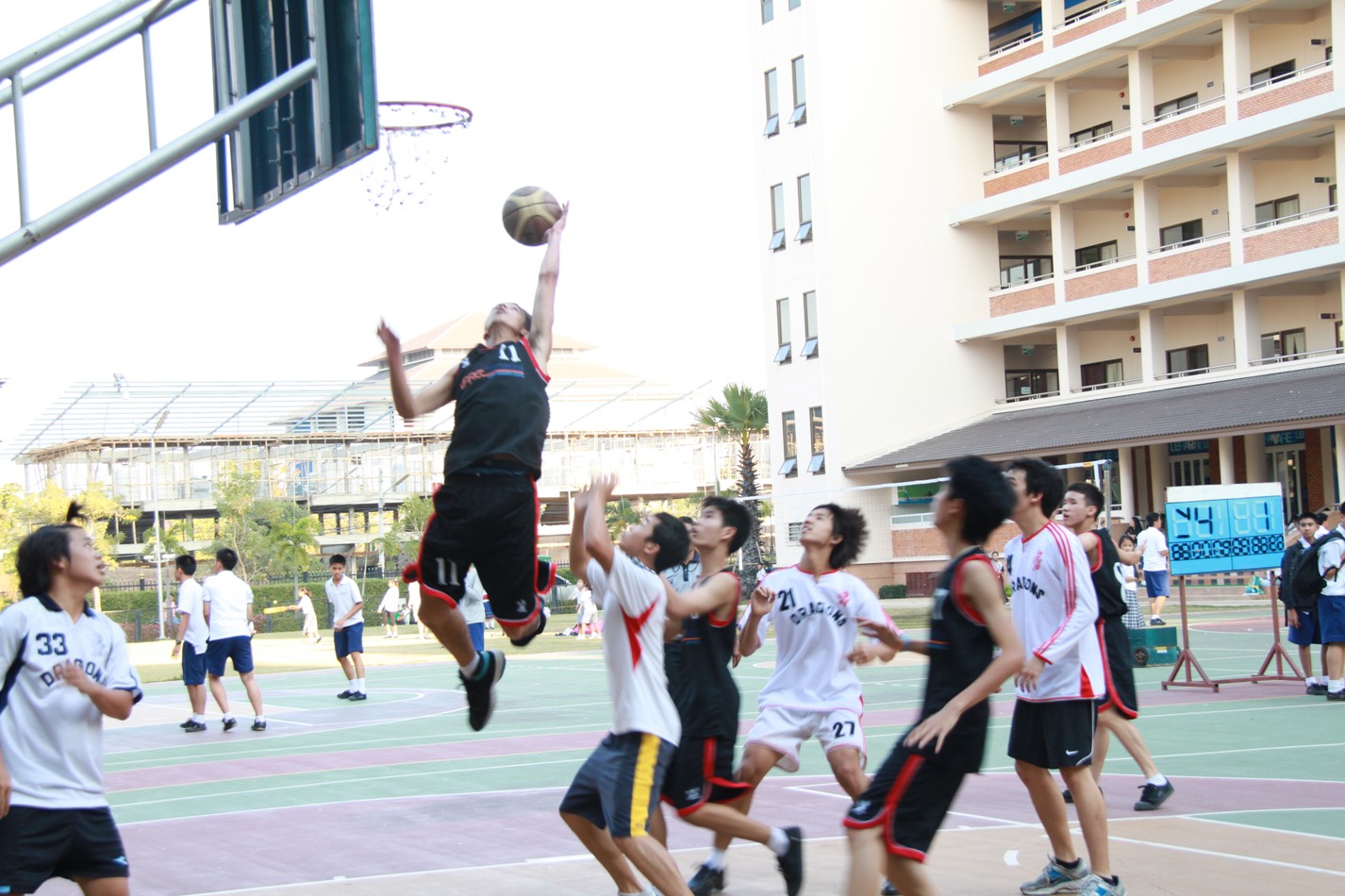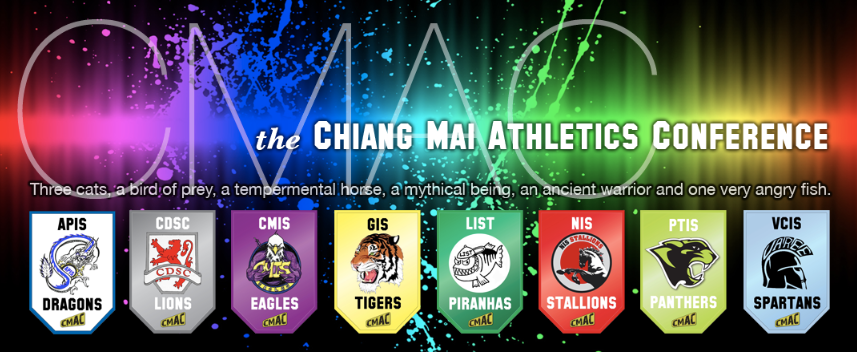I used to love sports at school, I wasn’t the greatest athlete but it was one lesson that I always looked forward to. Regardless of whether we were running cross-country over icy hills, tearing up a muddy football pitch or swimming at the local leisure centre, it was just great to get out of the classroom and have some fun.
But in hindsight I realise how much I learnt from my PE lessons – life skills such as team work, leadership, communication, the ability to be a gracious loser, diplomacy, the satisfaction of overcoming adversities and even conflict resolution skills. These are all vital skills that I would argue are learnt better on the playing fields than in classrooms or the lab.
And when mixing with people from different backgrounds isn’t sport one of the best ways of breaking the ice and forging new friendships? Anyone who has made friends following an impromptu kick around will testify to the power sports have to breakdown cultural differences and overcome language barriers.
That is why i find it disappointing when talking with some parents, students and educators that seem to consider sport as little more than a gap-fill in the school timetable.

But let’s not despair because fortunately there is a group of educators in Chiang Mai who are devoted to developing sport for students and they are the Athletic Directors that make up CMAC – Chiang Mai Athletic Conference.
And to shed more light on the importance of sports in schools and the great work that CMAC do, I was lucky to speak with one CMAC’s founding members Lee Stevens, the Athletic Director at NIS.
Thanks for giving up some of your time Lee, I wonder if you could start by telling me about what CMAC do?
CMAC stands for Chiang Mai Athletics Conference and as a conference we strive to give students at all the international schools in Chiang Mai as much chance as possible to participate in organized sport. Currently there are eight international schools in Chiang Mai (NIS, CMIS, APIS, LIST, PTIS, CDSC, Grace, & Varee) and we have a set calendar of seasons for both team and individual sports. The athletic directors from each of the schools meet up throughout the school year to organize league games between the schools in sports such as volleyball, football, futsal and basketball and these league games run up to end of season tournaments. There are also many individual sports that we have tournaments for including swimming, track, badminton tennis and table tennis. Within CMAC we have sports for students as young as six years old all the way up to our twelfth grade students who are from 17-19 years old.

Can you tell me about how was CMAC founded?
When I first started working at NIS there were fewer international schools and a lot less students within the international school community. There were some organized games, but the athletic directors of the international schools wanted to take it to the next level. As such we founded CMAC, with a set constitution and calendar for sports and we’ve kept on growing since then. I would say that international school children in Chiang Mai now play a lot more sport and at a much higher level than 10 years ago and this is due to CMAC.
Why do you think sport is an important part of school education?
I’m slightly biased here of course, but I would say that sport is one of the most important parts of school life. Not everything in school can be academic, students need a release and sport is great for that. I’m a big believer in balance in life and try and promote sport as much as I can within my school amongst the students, parents and teachers. Too much study is bad for you and I believe in Asia students and parents put too much emphasis on study and don’t have the balance right. For example when applying for colleges and universities throughout the world they will look for not only an academic record of success but for students who have balanced school lives and have participated fully in sports and the arts. Finally I think sports in school is a great way to promote lifelong fitness, which of course is essential.
How do you rate the sporting opportunities for students in Chiang Mai in general?
I would say that sporting opportunities in Chiang Mai are both good and bad. There are hundreds of clubs for all different types of sport and from my experience they are all very welcoming to both Thai and foreign students. Chiang Mai does have a lot of great facilities and coaches, but I believe its’ failure is within the top level organization of sport in Chiang Mai. At my school I’ve had Thai national badminton, golf, tennis and currently football players who have all learned to play that sport in Chiang Mai, but they lack the opportunities from 13-18 to be coached to the highest level and need to move to either Bangkok or abroad to fulfill that potential. I would say that Chiang Mai as a province needs to invest more heavily in sport, but above all look at its’ structure from the bottom up. For example Chiang Mai is the second biggest city in Thailand and it’s football team are in the third division and there are no organized Chiang Mai wide football leagues for kids of any age, to my mind there is a correlation there.
What do you see happening in the future for both CMAC and youth sports in Chiang Mai?
Hopefully CMAC will continue to grow with schools within the group pushing skill levels higher and higher. Some of the CMAC schools already compete against Thai schools and in tournaments around Thailand and abroad, so this can only help the level improve. As I said before, more investment and a look at the structure in Chiang Mai and it could be a goldmine for sports stars in Chiang Mai, as I’ve seen some very talented kids within Chiang Mai.
I hope so too, thanks for your time Lee
——————————————————–
It’s inspiring to see this group of educators devoted to promoting sports in schools in Chiang Mai. As Lee points out, schooling in Asia tends to focus heavily on academics often at the expense of sports and it is so important that our students get a well balanced education. Hopefully the example that CMAC are setting can encourage other educators to do the same; it doesn’t matter if its just encouraging your students to play sports at lunchtime, setting up an after-school sports club, or contacting a neighboring school for a friendly game, every bit helps.